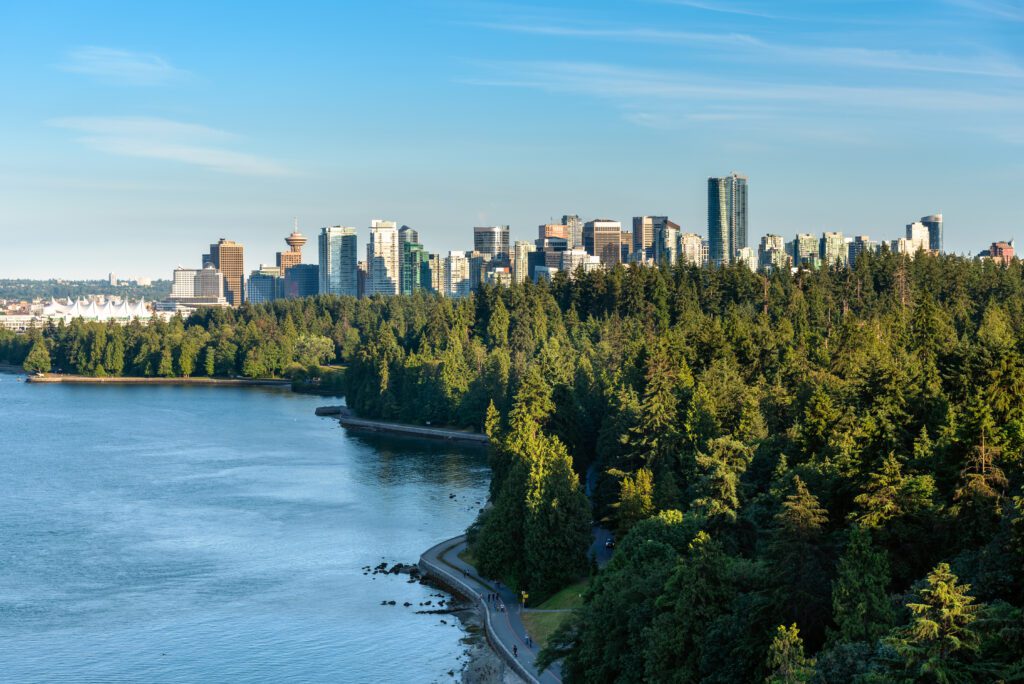

To shed some light on the recent heat dome that caused dangerous record breaking temperatures in the Pacific Northwest, Global News reached out to our very own Ryan Mackie to ask an important question:
“How will Canada prepare for more heat waves and other extreme weather events?”
With nearly 20 years of experience developing technology, working with organizations on sustainable solutions, and pilot testing the ecoCity Footprint Tool to analyze and act on findings, Ryan weighs in on the matter.
“Cities and communities [are] going to have to take a look at their vulnerabilities and address those specifically. We want to kind of mimic what’s normally done in nature as well.”
Examples on how to counter blistering hot temperatures in Canadian Cities:
- Build “passive buildings” which could lower the demand for power and regulate temperatures indoors to stay cool in the summer or keep warm in the winter.
- Plant more urban forests to create shading in places that are hotter and restore wetlands to soak up the excess water.
- Protect food supplies and invest in ways to mitigate their vulnerability with increased irrigation and shading and different practices to be able to adapt to handle extreme weather.
Outside of his work with BCIT, Ryan is engaged in the circular economy, strategies for plastics, zero waste, and climate action implementation through One Planet Saanich and the Greater Victoria 2030 Resilient District.